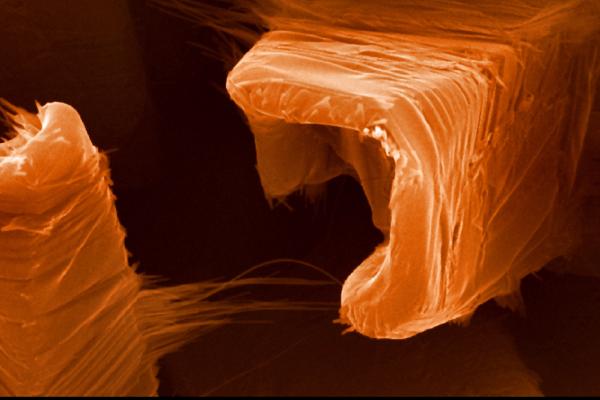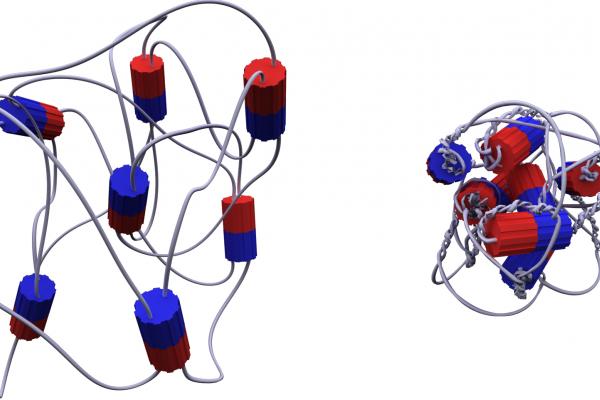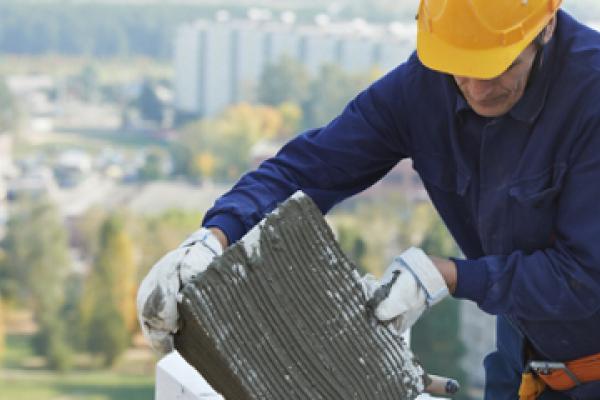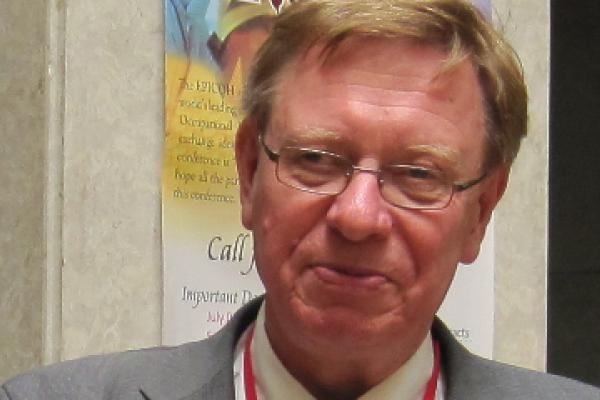Down the microscope
Horizon looks at the big implications of the science of the very small, from the promise of microscopic machines that kill damaged cells, to the search for ways to make sure that nanomaterials are safe.
Nanotechnology involves examining and developing structures so tiny that they are only a fraction of the width of a human hair. When materials get this minuscule, their properties change dramatically – in new and sometimes unexpected ways.
Horizon looks at how nanorobots could carry drugs into the body without affecting healthy cells, and sees how these tiny particles and structures are already in products we use every day – like cosmetics, sun cream, and even parts of your TV.
We also hear from Professor Kai Savolainen, director of the Nanosafety Research Centre at the Finnish Institute of Occupational Health in Helsinki, who talks about research into the risks of nanomaterials, and, also, their benefits to society.
Designer proteins could mean new treatments to tackle diseases with pinpoint accuracy, thanks to scientists who are developing miniscule machines to manipulate single molecules.
A gel which can be shrunk by light-powered molecular motors has become the first ever material to change its shape because of microscopic nanomachines.
Nanomaterials are revolutionising electronics, paints, construction materials and even cosmetics. But are nanomaterials safe? Scientists are optimistic that the answer is yes, but a major European research effort aims to make sure.
Professor Kai Savolainen, director of the Nanosafety Research Centre at the Finnish Institute of Occupational Health in Helsinki, coordinates the NanoSafety Cluster. He believes more needs to be done to understand the risks of nanotechnology.
Bi-weekly news alert
The best Horizon stories, delivered to your inbox
Subscribe now





